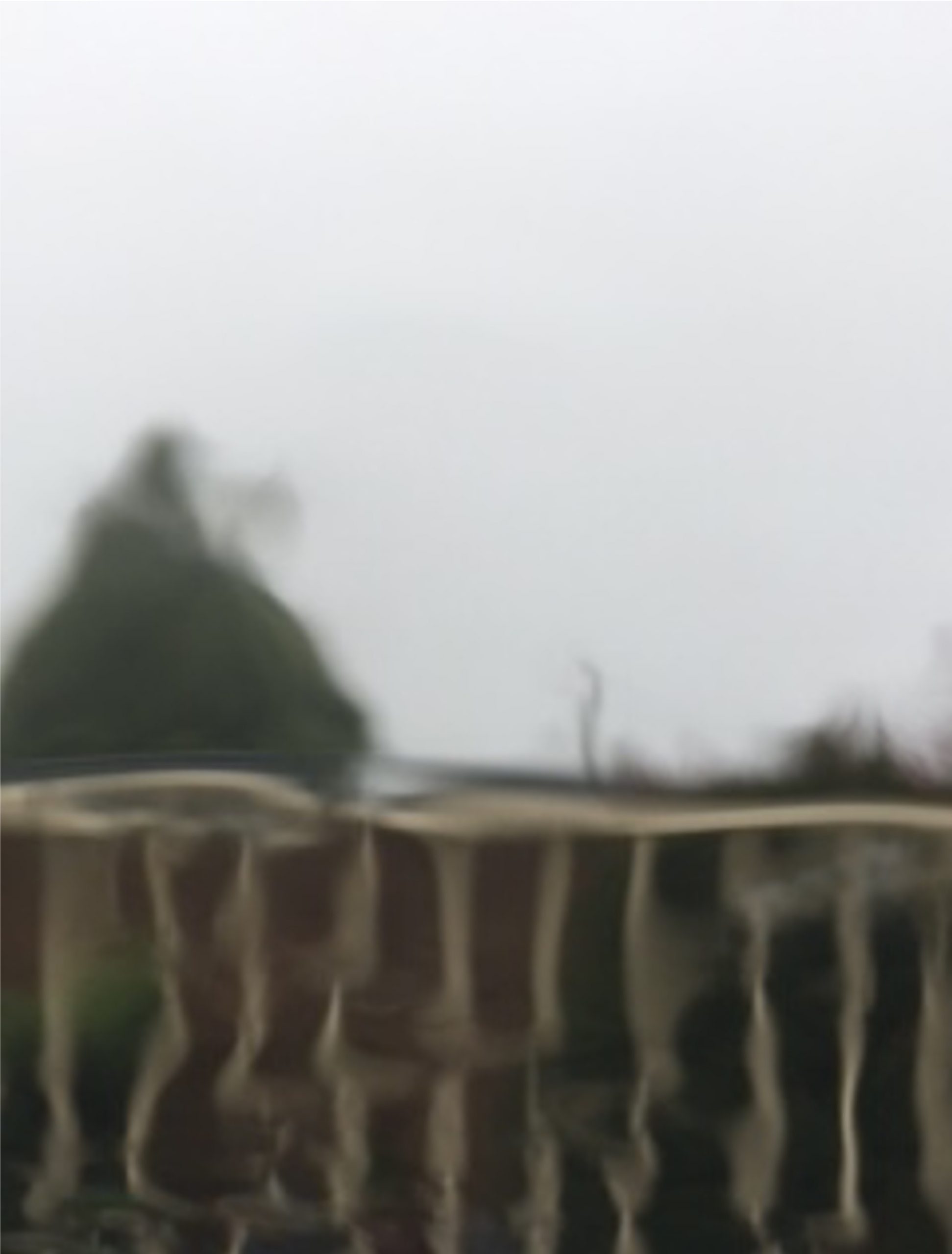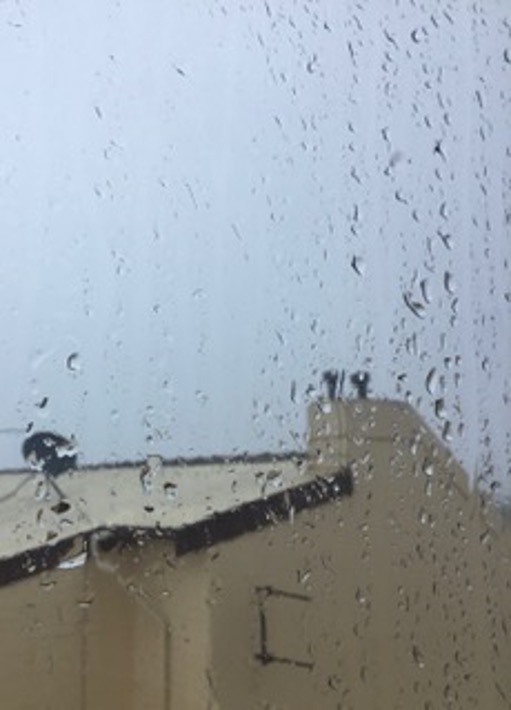We’ve missed it by a day, but there is always room for poetry.
We can honour poetry this week in our classrooms with a bit of history, lots of readings, and even more writing. It’s in the English syllabus so we have to.
As I am preparing this, it is STILL raining, and I am reminded of working with students on ‘rain’ poems. The form isn’t as important as the tossing around of ideas about rain, how it feels, smells, looks and sounds, how it makes us feel, its effect on the earth; putting words and phrases together, focusing on the verbs and the noun groups to build the images that are absolutely right for this rain.
We would always try to finish by putting our poems out in the rain. It’s necessary to choose the most effective writing implements beforehand, as we didn’t want to lose every word. But when the letters run, just a bit, it adds a rich visual impact to our students’ words.
A few examples of the figurative language inspired by rain:
- ‘The day is cold, and dark, and dreary; / It rains,
…
My life is cold, and dark, and dreary; / It rains, …’
(from ‘The Rainy Day’ by Henry Wadsworth Longfellow)
- ‘I can hear you / making small holes / in the silence / rain’
(from ‘Rain’ by Hone Tuwhare)
- ‘… and runs down, wavering the world’
(from Haiku, by J.W.Hackett) - ‘There will come soft rain and the smell of the ground …’
(from ‘There Will Come Soft Rain’ by Sara Teasdale)
- ‘… fists of rain’
(from ‘Thunder and Lightning’ by James Kirkup) - ‘Whenever it rains, I feel so free / Free as a bird, rain is my life … ‘
(from ‘Rain is a Four Letter Word’ by Brian Tang)
- ‘… And in the rain a bedsheet / is also pegged / up, unevenly, along that / sagging / line
(from ‘I’m sitting inside’ by Robert Gray)
- ‘A rainbow would form / over the land / and hang like a magic charm – …’
(from ‘Thunderstorm’ by Peter Skrzynecki)
History of poetry
Ancient civilisations recorded their epic stories in verse; they needed to be repeated orally, in unison, building the sense of identity and history. Indian epics, Greek myths and legends, Beouwulf – hand-written over a thousand years ago – all shared not just the story, but helped to retain much of the ancient languages.
The global community is convinced that the development of the modern world is indebted to the poets of the past. They used language in various ways that led to the enrichment and beautification of human knowledge and understanding.
We each have our own memories of poems that enriched us, or made us laugh, or that we remember poignant lines from. World Poetry Day was inaugurated in 1999, to encourage recognition of the role of poetry in our world, and appreciation of both the significance of poetry in our lives, and the work of established and emerging poets.
Things to do
- Read a poem every day. Every poem has had each word chosen to have just the right impact. A new poem should be read silently, then aloud, as that is why it has been written. (This goes for all writing of course – see previous blog).
- Investigate the poetry collections in the school library. Borrow them. Read them
- Read the poems that affected you as a child. Read them to your students. Classic Banjo Paterson yarns still work.
- Provide students with poems for learning off by heart.
- Try different poetry stimulus ideas with your students.
- Use poems as handwriting exercises – repeating the phrases and rhythms bring richness to writing practice.
- Check out the epics – choose a section to read to the class. There are many translations. Beowulf’s killing of the dragon is spectacular.
- Investigate current poets like Stephen Herrick, and his work.
- Read hard stuff. For older students, try ‘Quarantine’ by Eavan Boland – or just for yourself.
- The Australian Children’s Poetry website has lists of poets, ideas for schools and poet visits, and heaps of prompts and support.
- Follow the hashtag trends on Social Media: #WPD, #WorldPoetryDay, #PoetryDay.
Poetry Month 1-31 August
Red Room Poetry is preparing for its inaugural Poetry Month this August. The purpose is to increase the profile of Australian poetry, poets and publishers. Check it out on social media, and at www.redroompoetry.org
Poem Forest – One idea from their website that I particularly like is Poem Forest, ‘a free Nature Poetry Prize’ for poems inspired by the natural environment. The competition is being held in partnership with the Australian Botanic Garden Mt Annan, Australia Council for the Arts, and others. All poems will be published, and there are great prizes.
The ‘Forest’ is part of a plan to create a real forest of 15,000 trees over three years. Details on the website.
This could be an idea to work with across the school, perhaps in time for August, Poetry month.
References
Gray, R. I’m sitting inside, in Heylen, J. & Jellett, C. (1987) Rattling in the Wind: Australian Poems for Children Australia: Omnibus Books
Hackett, J.W. Haiku, in Summerfield, G. (1970) Junior Voices: The Third Book UK: Penguin Books
Kirkup, J. Thunder and Lightning, in Summerfield, G. (1970) Junior Voices: The Third Book UK: Penguin Books
Longfellow, H. W. The Rainy Day, at http://www.yourdailypoem.com/listpoem.jsp?poem_id=147
Red Room Poetry
Skrzynecki, P. Thunderstorm, in Heylen, J. & Jellett, C. (1987) Rattling in the Wind: Australian Poems for Children Australia: Omnibus Books
Tang, B. Rain is a Four Letter Word, at https://www.poetryinnature.com/ accessed 19.03.2021
Teasdale, S. There Will Come Soft Rain, in Kelly, P. (2019) Love is Strong as Death Australia: Random House
Tuwhare, H. Rain, in Kelly, P. (2019) Love is Strong as Death Australia: Random House







